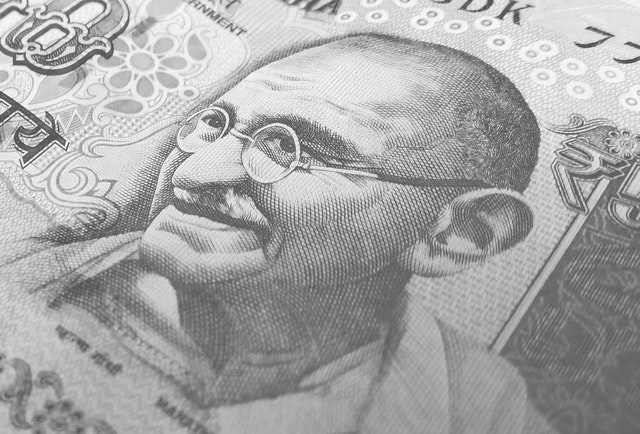
Dovish Indian Central Bank
RBI came out with its policy on 7’th April and kept the key interest rate unchanged.The highlight of the monetary meeting and policy is dovish stance by Indian central bank too, following its international peers.
The Repo rate stands at 4% and reverse repo at 3.35%.
[ Repo rate is the rate at which RBI lends to commercial banks and Reverse repo rate is the rate at which banks lend to RBI].

The key takeaways were:
. The dovish stance by central bank saying that they are in line with the target for higher growth with inflation target of 4%, plus minus 2% for coming few years.
. They are committed to ensure that there is ample liquidity in system so that corporates and any entity who is worthy of credit gets it. This will ensure that key macros like credit growth, core sector growth, lower unemployment, etc. remains intact.
. GDP estimates for FY’22 is kept at 10.5%. This is very conservative from my view and I think India is on its path to achieve a credit growth of 13-15% in this financial year. Even IMF this week up the global growth forecast to 6% and estimated India’s growth at 12.5%.
. The central bank announced that they will be buying government securities worth 1 lakh crore from secondary market in Apri-June’21 quarter.

This along with other factors like higher trade deficit of close to $15 billion in March’21 and Covid 19 concerns took USDINR to 74.5 from 73.5 in a day. It’s the biggest fall which was seen in Rupee in last 20 months.
. Above announcements also soothed the bond market and 10-year G-Secs cooled down from a high of 6.17% to 6.08%.
If we try to decode above announcements for our bond/debt portfolio, following will be the key takeaways:
. Interest rates on 10-year G-secs will be around 6% and RBI participation will mean that interest rate rise will be checked.
. Thus, a long-term( 3-10 years) bond portfolio will give a return of around 6-7% for one year, if excess risks are not taken.
. Hence, for fresh investments, looking at the credit cycle, investments can be made in ultra-short term or liquid funds which will fetch around 5.5-6.8 % return for one year.
. Floating rate bonds can also be considered, which looking at current juncture and the range of interest rates, can give an average of 8% returns.